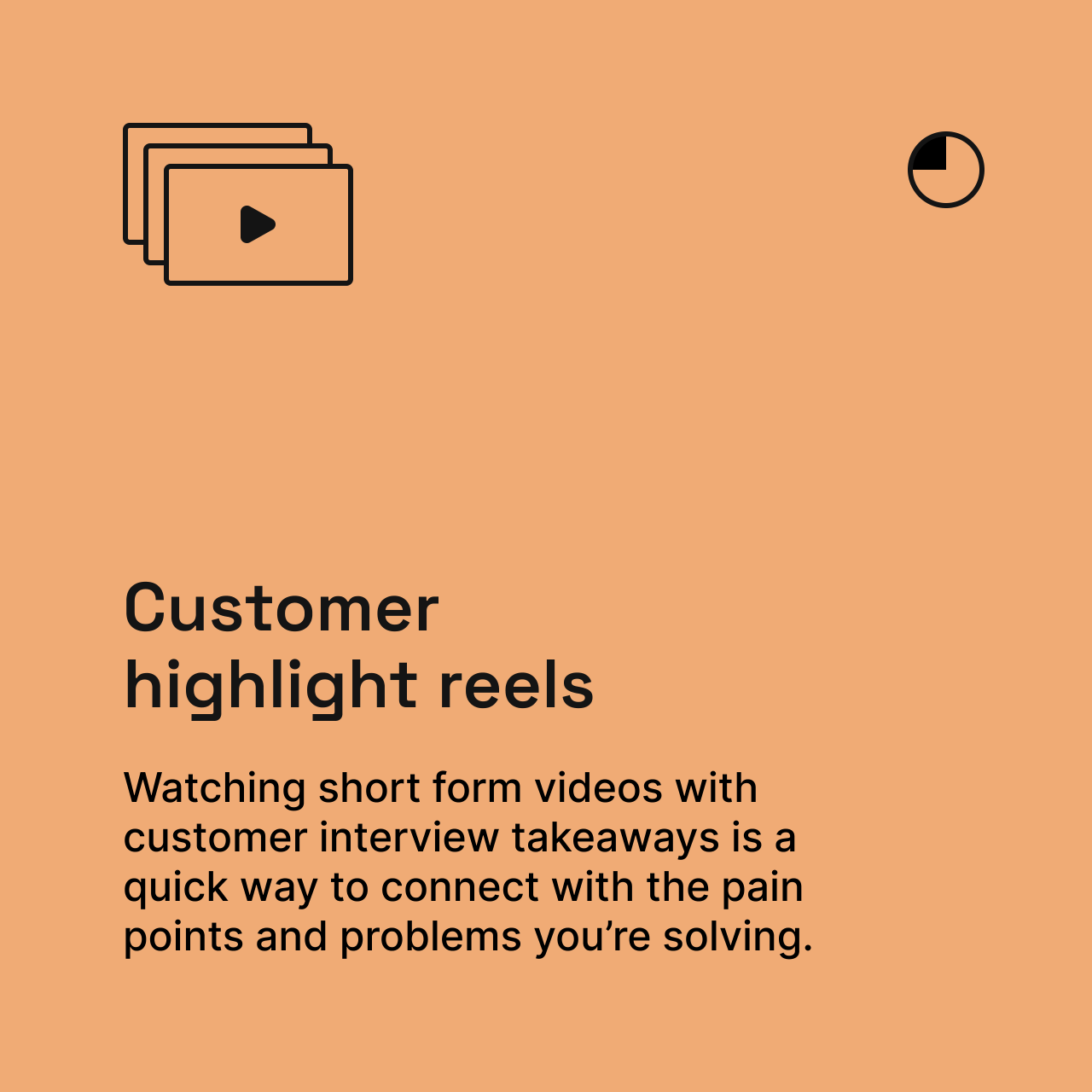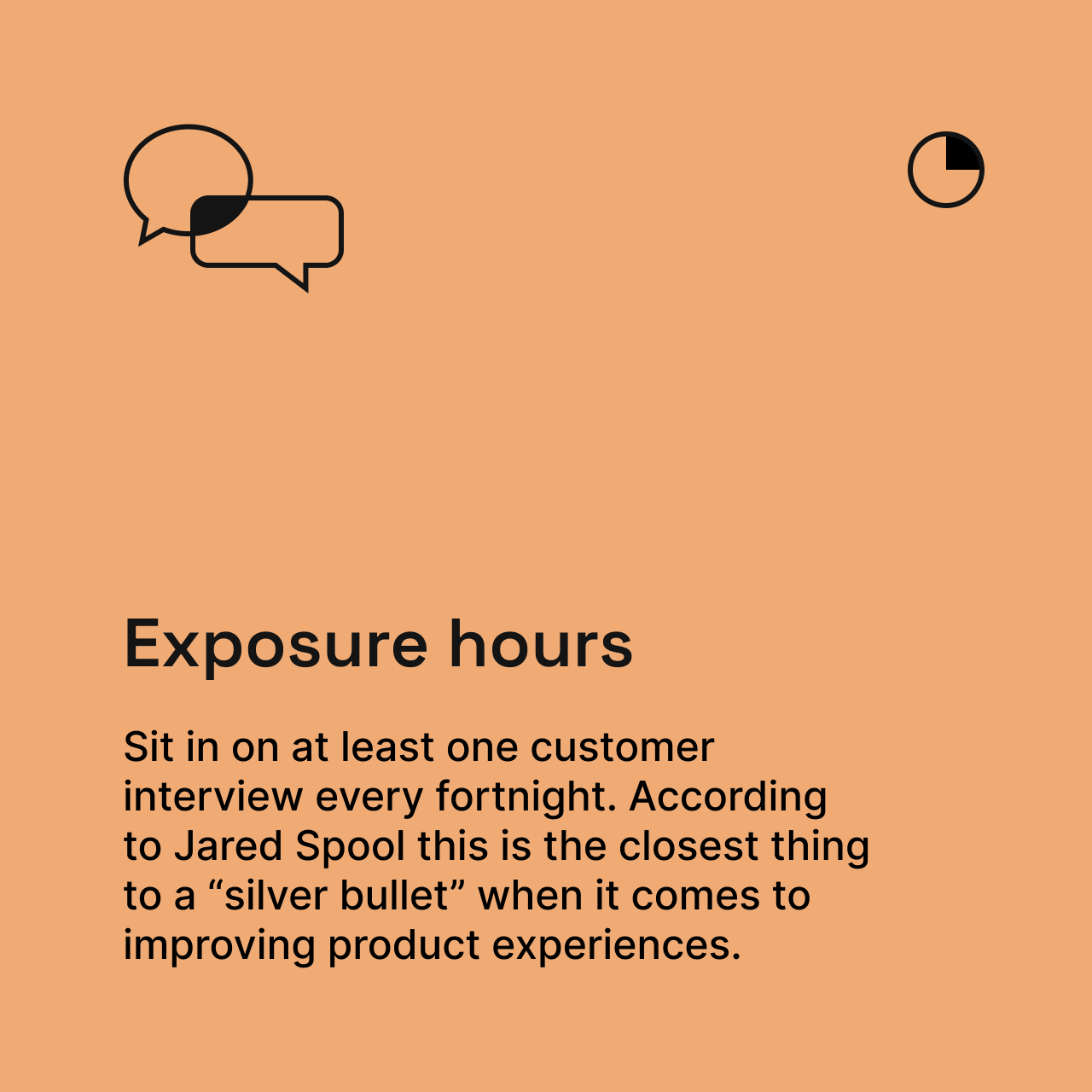Improving your product gut biome

Now that’s what I call culture.
We often make decisions with our “gut”—but what does that mean, and how can we improve our gut feel?
We’ve all been there: A decision about the product needs to be made quickly.
Maybe it’s a small design decision. Maybe it’s a roadmap prioritization decision. For any number of reasons, there’s no time for research. The team has to move forward, and they decide to “go with their gut.”
But what does that mean, exactly: “going with your gut”? Shouldn’t we be “going with our brains”? And why are some people’s “product guts” healthier than others?
Before we dive into answering those questions, it’s important to acknowledge that not everyone is a fan of using “gut” to make product decisions.
I have colleagues who line up on both sides of the debate. Some are skeptical of anyone who doesn’t believe using their gut is an important part of building great products. And others believe that all decisions should be made empirically.
When making “gut” decisions, we can’t overlook the critical pitfalls to watch out for and remediate against. Strong product leaders (regardless of whether they’re product managers, designers, or researchers) know they need to remove their egos when evaluating decision success.
However, the more we rely on our “gut�”—regardless of how healthy it is—the more difficult it is to extract our ego from the process.
For example, when running experiments, our goal is to objectively evaluate the outcome and derive important insights. Effective experiments allow us to embrace and learn from the results, regardless of whether the hypothesis is true or false.
But when our egos are involved, the experiment can easily become perverted into evaluating our ability to make good judgment calls. In other words, if my hypothesis is false, I’m wrong, and my product gut isn’t as good as I thought.
My ego will undoubtedly be challenged, and I will look for data to feed my bias, ignoring the facts before me. In these situations, only the best leaders will be confident to acknowledge their mistakes and quickly change course.
In the end, the two are not mutually exclusive. In fact, I’d even argue they are dependent on one another—a sort of a “brain-gut connection” of the product kind. And with that being said, let’s dive into what it means when we decide to “go with our gut.”
What does it mean to “go with your gut”?
My incredibly gifted colleague, Jo Oakley, and I were having just this conversation when Jo wisely pointed out that what we call our “product gut” really just comes down to exposure to research.
That is, your product gut is really the ability to draw from a broad reservoir of knowledge based on countless customer interviews, surveys, and analyses of behavioral data to inform product decisions.
Product gut includes knowledge specific to your product and customers and insights about how humans think about and engage with technology. It’s why the amount of research you need to conduct is directly correlated with problem clarity—or, conversely, how much you can trust your gut.





Why do we trust our gut instead of our brain?
Ok, so let’s move to question number two: why do we trust our gut instead of our brain to make decisions?
As it turns out, it’s both. Humans intuitively know about this brain-gut connection; our first encounter is often a dance recital, a piano performance, or a public speaking class. Our nervousness or anxiety manifests as “butterflies” in our stomachs.
This connection between our knowledge and experiences and their genuine gastrointestinal manifestations causes us to associate intellect with “gut.”
Unfortunately, we can’t always trust the human body to be an accurate barometer of the reality of a situation (ask anyone with a fear of public speaking). We can, however, train it.
Likewise, product teams can teach their guts to become more accurate sensors that drive product decisions. But, like any training program, it takes time and effort.
Why are some people’s “product guts” healthier than others?
Recent research suggests that eating yogurt can improve gut health. It may also help relax brain function under stress, reducing the likelihood of panic, burnout, or despair.
In short, eating yogurt positively impacts mood and decision-making—the brain-gut connection at work. See this Radiolab episode for more information on that phenomenon.
Improving the product brain-gut connection follows a very similar formula. If our “product gut” really comes down to “exposure to research” and a healthy (product) gut biome is critical to making better decisions, the formula is straightforward.
The best way to improve your “product gut” biome is to enjoy a regular diet of research insights through various methods and channels.
Just as your actual gut biome is comprised of a complex interdependency of different species, your “product gut biome” likewise requires exposure to and triangulation of a broad spectrum of quantitative and qualitative data about your customers, prospects, competitors, and the market.
In short...
Research is the yogurt of the product gut.
Like yogurt, research feeds the product gut biome, providing it with a rich diversity of data and insights. This healthy gut feeds the product brain, facilitating faster, more accurate decision-making.
The fine print
Even among the healthiest product gut biomes, it’s important to continue incorporating exercise and a healthy diet. Always define time-bound, outcome-driven KPIs for success and failure before a launch. And put structures in place to ensure a cross-functional team reviews those measurements.
Between a steady diet of research and a regiment of best practice exercises, you’re sure to have a strong and healthy product brain-gut connection!
Subscribe to Outlier
Juicy, inspiring content for product-obsessed people. Brought to you by Dovetail.